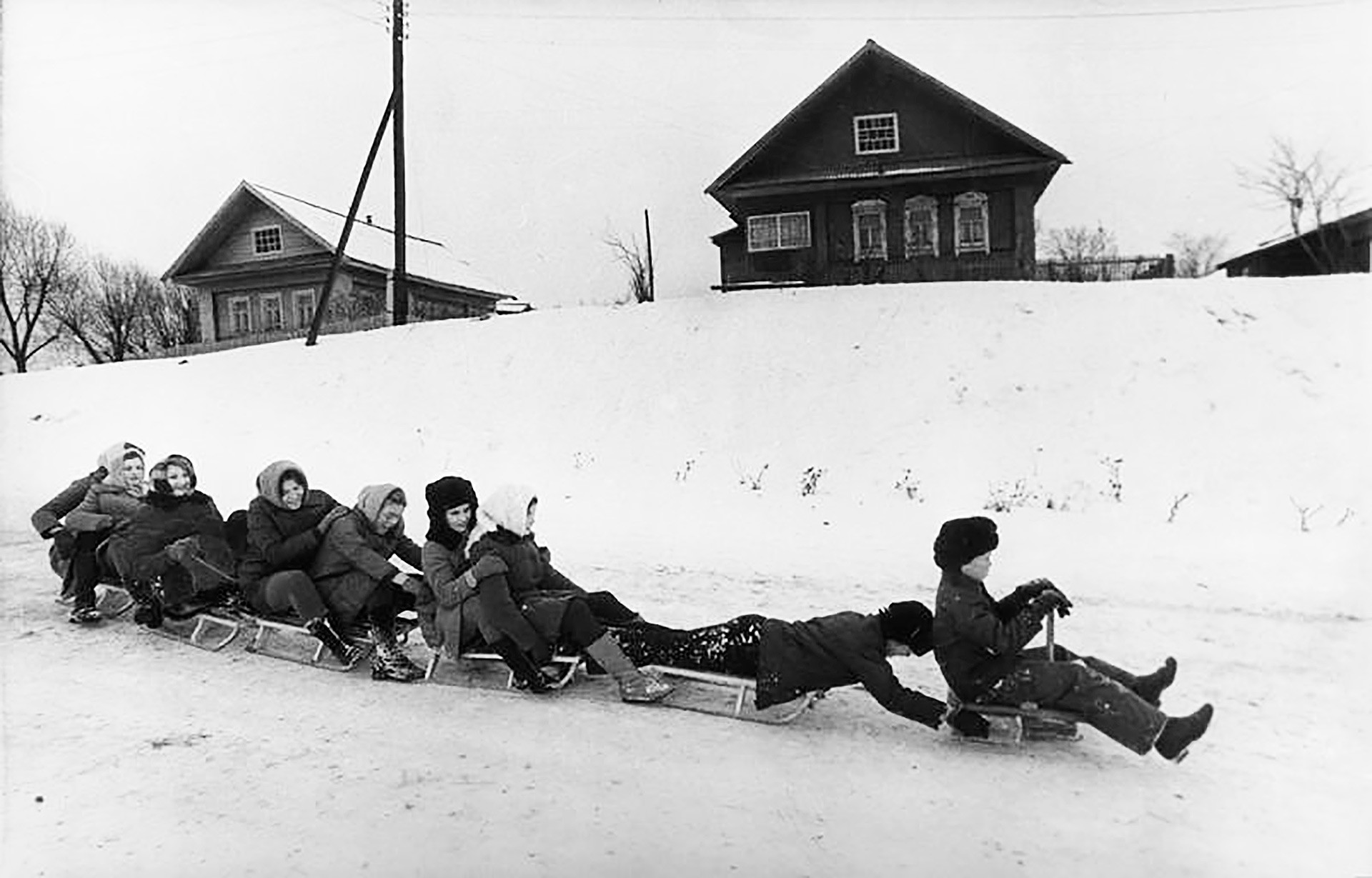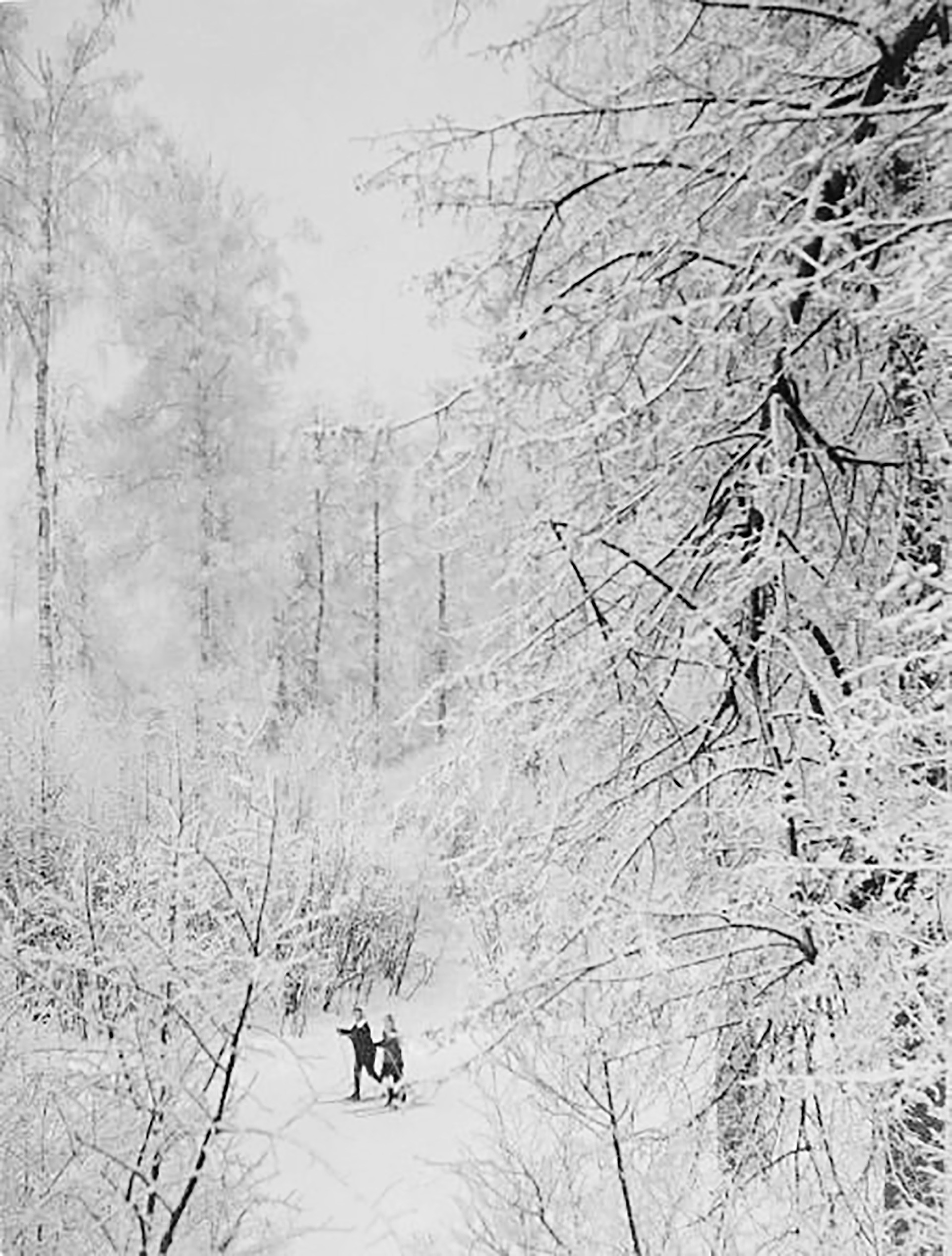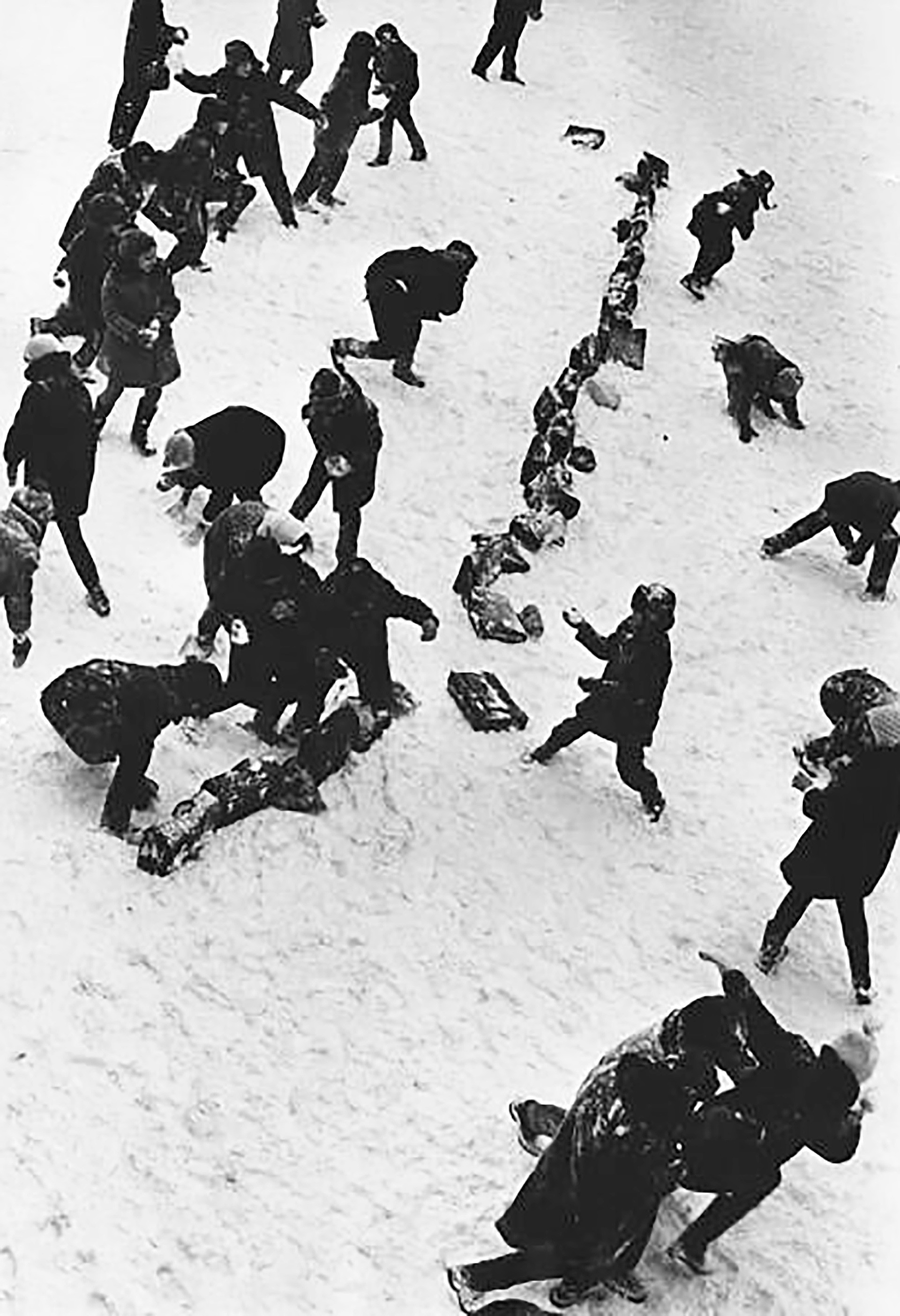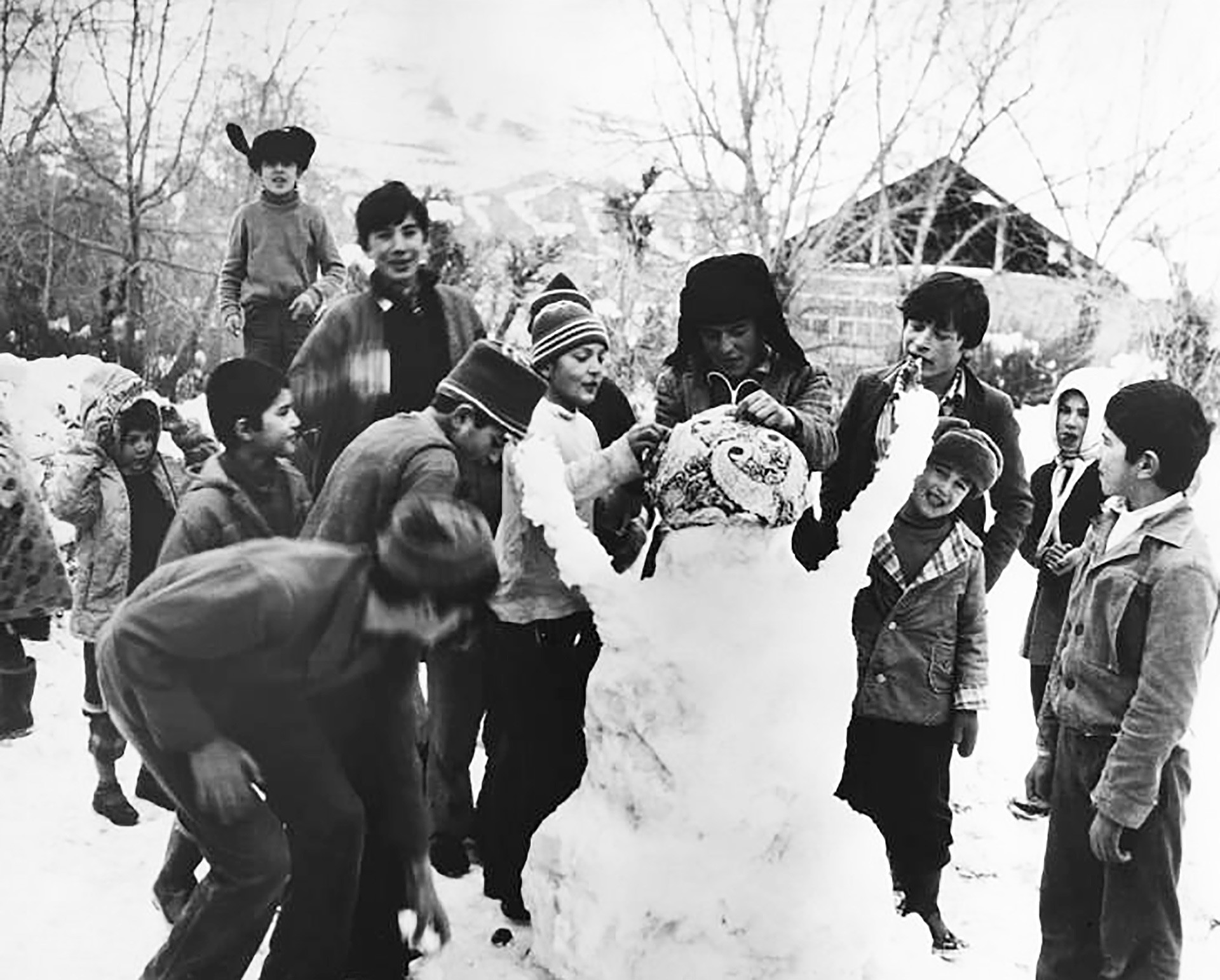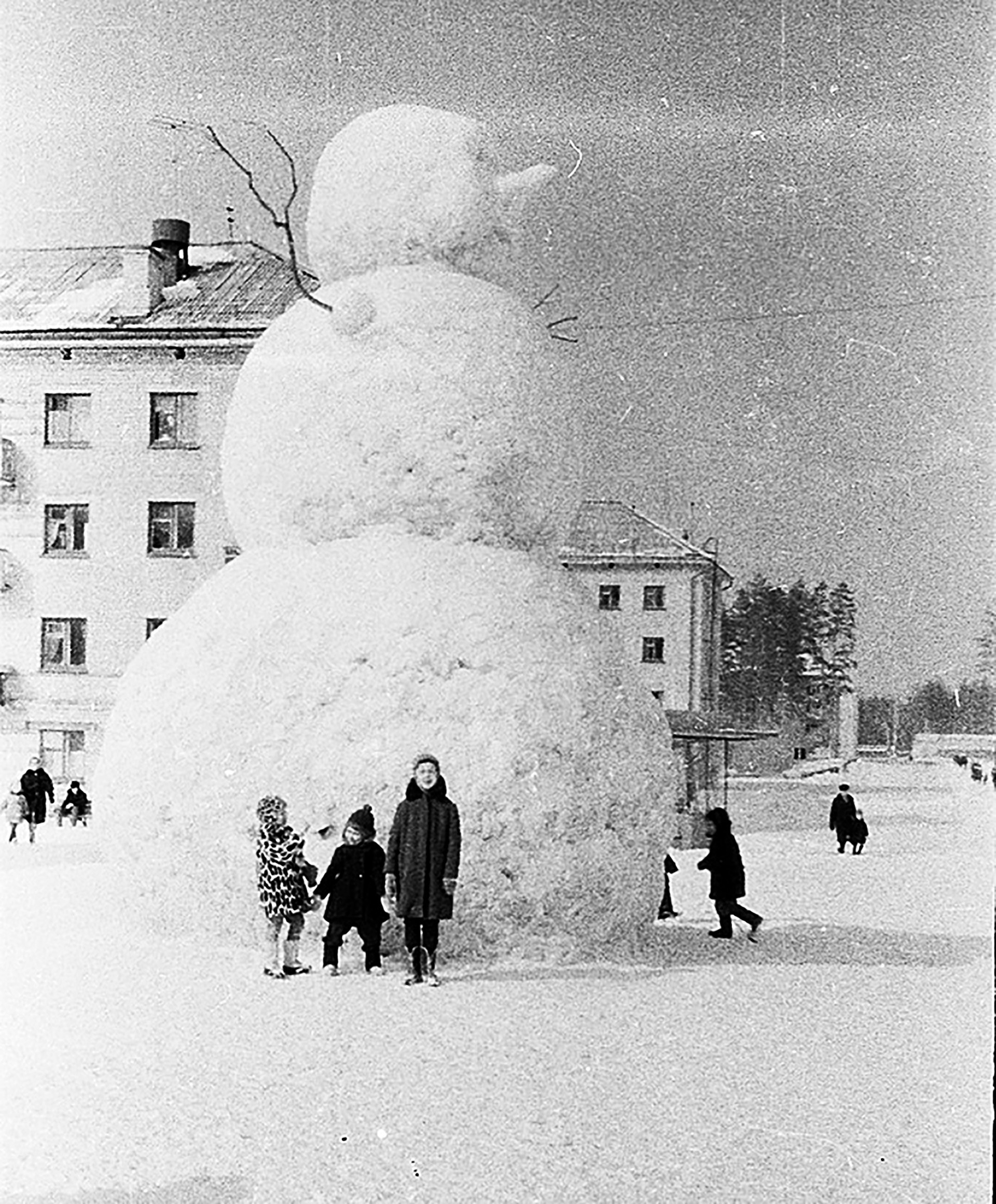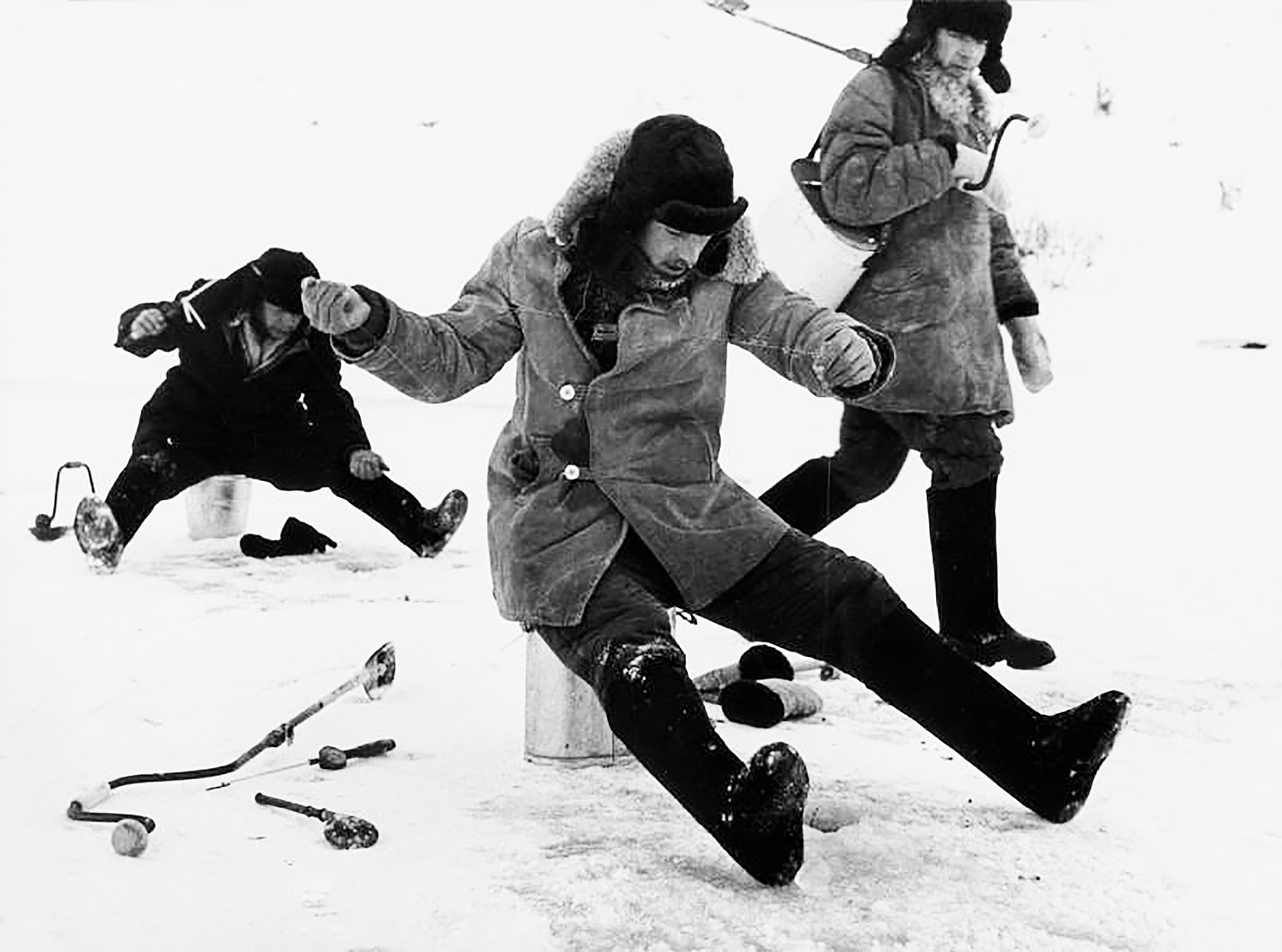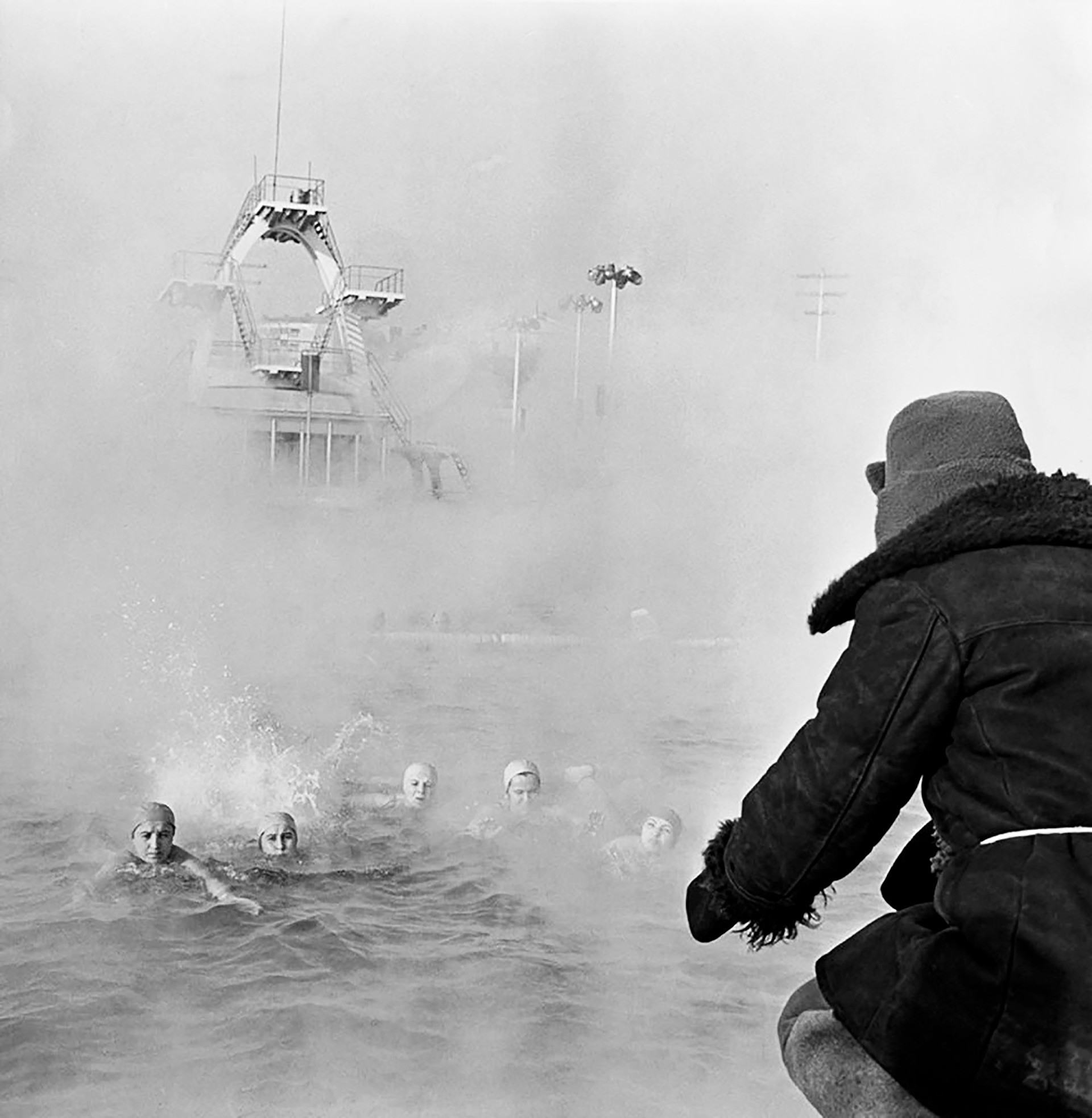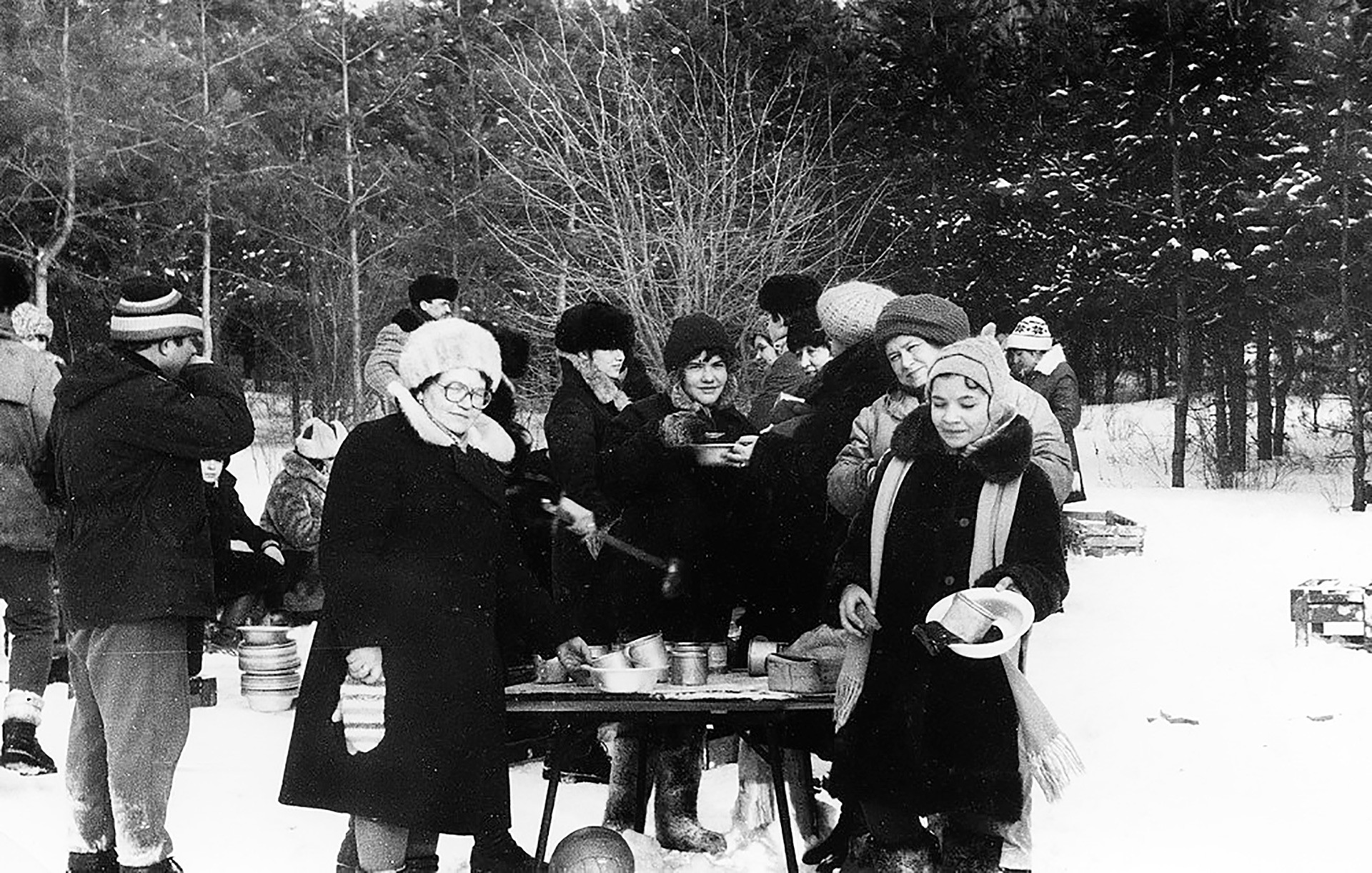If you want to have fun in winter check out these tips from Soviet Russia
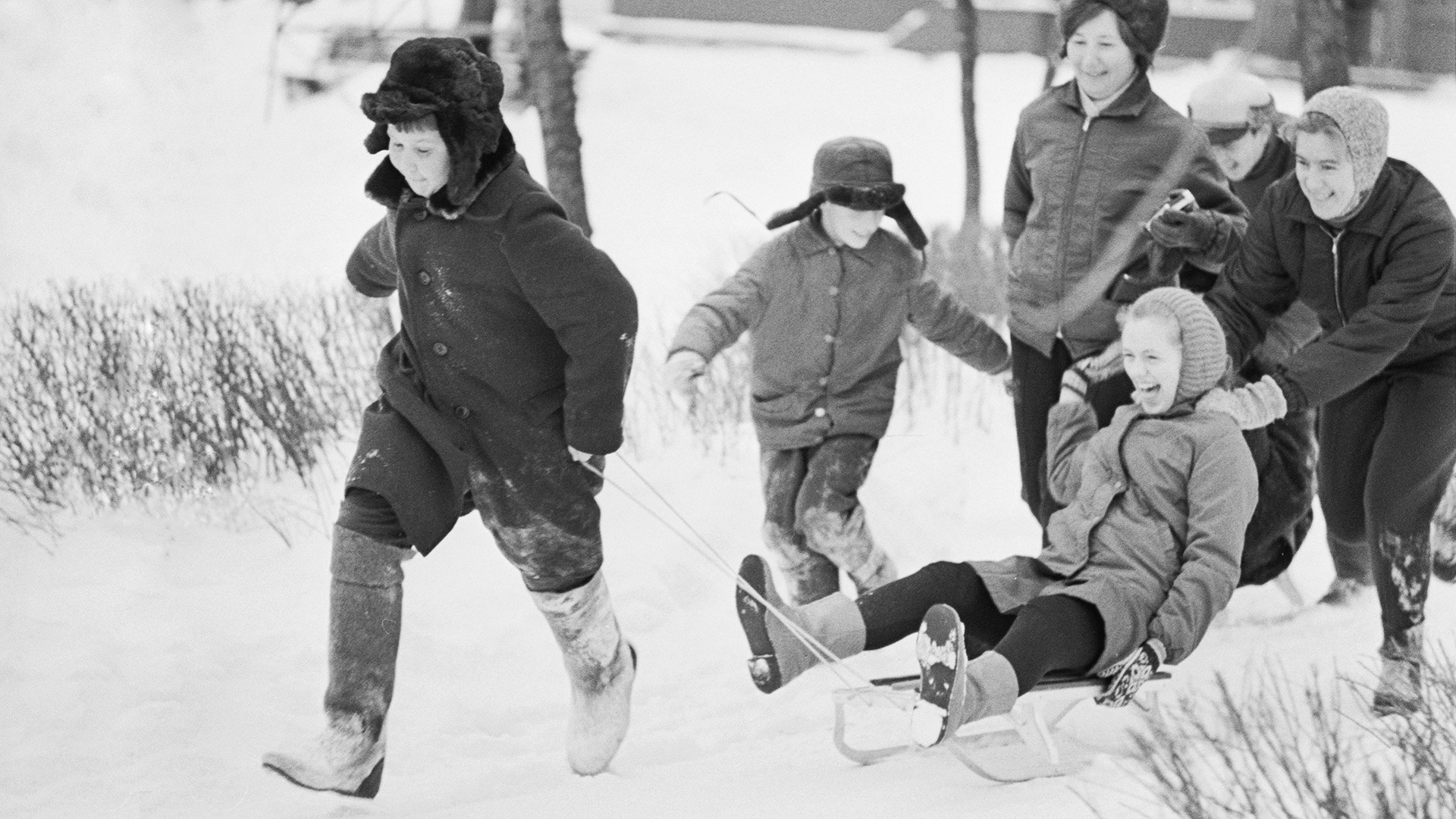
1. Snowy winters are not the time to sit idle at home. Soviet people were pretty good at squeezing fun out of the cold months and ice skating was one of the most popular activities - and remains so to this day. Check out this picture from Gorky Park in the 1950s!
2. Another fun activity was sledging. Hurtling down slopes at high speed together with friends or alone never gets old.
3. Skiing: A traditional winter pastime in Russia. In some Soviet schools children did the sport as part of their physical education classes. It’s not only a great way to get close to nature but it’s good for health and cardiovascular endurance.
4. Throwing snowballs...this is probably the first thing kids did (and do) when the snow falls.
5. Building snowmen is an opportunity to express your creativity - even if it ends up looking like this one...
6. Now this is more like it!
7. Hungry? Beneath the ice lurk tasty fish, you just have to catch them. It’s a fine art, so wrap up warm and find a mentor.
8. Swimming in the winter can be truly joyous, you just need to make sure the water is warm enough. These ladies have the right idea - look at the steam rising from the pool, it’s like a giant bath. Moscow had a huge open air pool during Soviet times from 1960 to 1994, where the Cathedral of Christ the Savior now stands.
9. There’s winter swimming like 8, and then there’s winter swimming! Ice cold! Check out these old timers taking it easy in the bracing waters of a river - they’re putting the rest of us to shame.
10. It’s always good to escape the confines of the city from time to time, to connect with nature, and enjoy the company of friends in the great outdoors. Hot soup, maybe some vodka, and is that a football under the table?
If using any of Russia Beyond's content, partly or in full, always provide an active hyperlink to the original material.
Subscribe
to our newsletter!
Get the week's best stories straight to your inbox

